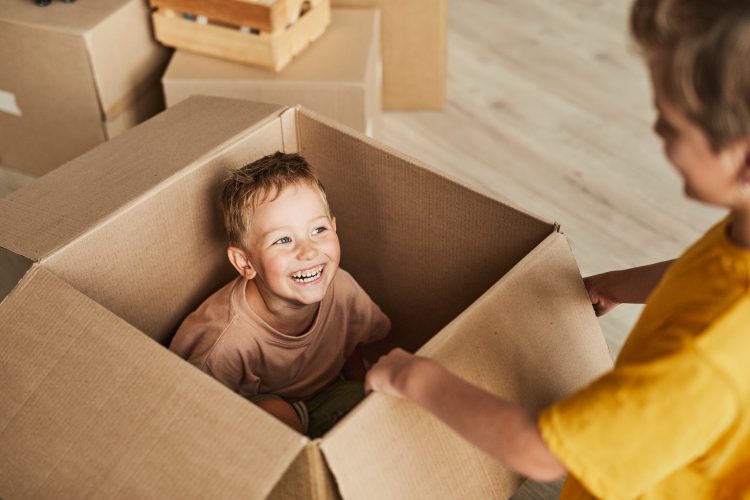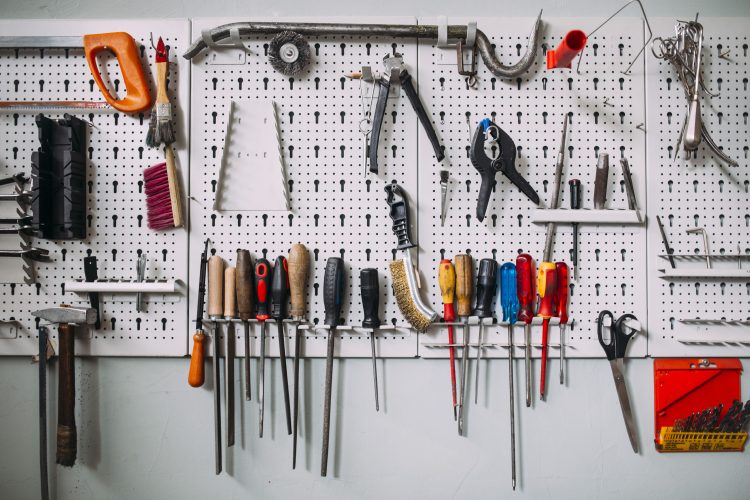Home Organizing: Basic Tips and Techniques
In last week’s blog I wrote about decluttering the home. To recap, clutter consists of any items which you don’t need, want, or use. Clutter makes a home feel chaotic and unwelcoming, and can sometimes affect one’s health or safety. Taking charge of your ‘stuff’ is empowering, and has positive effects both physically and mentally. A clutter-free home sets the tone for a more comfortable environment, a place to relax and enjoy life with the people you love.
To keep clutter at bay it is imperative to have a plan for storing the items you wish to keep. Organization is the key to a tidy home. This means having a place for everything, ideally near where it is used or needed (and keeping it there!)
Organization provides structure and creates order in the home, saving time (locating lost items) and increasing productivity which ultimately leads to decreased stress.
Basic Steps to Home Organization
Step One: Declutter
As mentioned earlier, I covered this last week in my blog titled Decluttering Your Home.
Once you have pared down your clutter to the basics, you can begin to organize and plan for item placement. This usually calls for some type of storage.

Step Two: Sort and Group ‘Keep’ Items
Once you have determined WHAT you are keeping, you will have a better idea of WHERE they best fit in your home. In order to take stock of what is left, gather similar items together. Power cords, sports equipment,
Avoid the urge to purchase storage shelves and containers prior to sorting your stuff as you will not yet know what you need. This can lead to over/under-buying or purchasing the wrong items requiring an unnecessary trip to the store to correct it.
Step Three: Plan and Purchase Storage Items
Once your items are sorted and grouped you are ready to head to the store, right? Nope! Not yet. I don’t want you to waste money. First you must consider the following information:
- how much of everything you have (will your items fit in a large or small bin?)
- the items’ size and weight (will you need a strong/heavy-duty shelving unit, or a file box?)
- the item’s shape (is it tall, round, flat?)
- where it will be used (shoes and coats near the door, baking items in or near the kitchen)
- where it will be stored – can items withstand heat or cold temperatures (shed, attic, a damp basement)
- who will be accessing items – kids, elderly, tall or short (easy to open and won’t pinch little fingers)
If you’ve done some preliminary searching, you know there are many storage options available. To narrow down your options, consider the following:
- Price – shop online to compare prices before heading out, and keep in mind some stores price-match
- Availability – (let’s face it, store shelves are sometimes empty and stock levels can be inaccurate)
- Safety – do bookshelves and cabinets have a wall anchor to prevent tipping?
- Durability – heavy-duty is preferred if will house frequently accessed or heavy items
- Style – especially important if the item will be in view. Many furniture items double as storage solutions
- Practicality – especially if money is a concern, try to get the biggest ‘bang for your buck’
- Space limitations – measure your intended storage area’s height and depth (and write it down – ask me how I know!) before heading to the store

Step Four: Storing Your Items
Label your boxes or bins, this is especially important if you will not be accessing these items regularly, such as those placed in closets, the basement, attic, garage, a storage unit, or shed.
Choose items which maximize your space (under-the-bed bins or drawers are great) and make clean up easier. Use wall shelves or hooks to keep items off kitchen and bathroom counter tops and the floor.
Types of Storage/Storage Options:
Hanging storage
- shelves
- tiered wire baskets
- over-the-door hangers and pouches
- key rack
- coat rack or stand
- coat hangers, tie rack, scarf hoops
- sticky hooks (less damaging to painted walls)
- ironing board holder
- peg board
Containers and storage bins
- cardboard boxes
- plastic bins, with or without lids (available in many sizes)
- file boxes
- photo boxes
- plastic bag holders
- clothing racks
- low, under-the-bed bins or vacuum-seal bags
Furniture
- shelves
- desk
- file cabinets, file folders
- corner cabinets, dresser, storage ottoman
- coffee table with storage
- under the bed drawers
- storage bench
- cedar storage chest
- mudroom/hall bench
Other Storage Ideas
- accordion files
- binders
- sports equipment – ball rack to prevent rolling
- closet organizers
- wine rack
Step Five: Maintenance
Unfortunately, organization is not a one-time deal. Deciding on a system to deal with incoming items, such as mail, school papers, and clothes is imperative to keeping your home tidy.
Several tips to keep clutter at bay:
Don’t bring anything new into your home without first deciding where it will reside.
Adopt a one in, one out rule. For each new toy or article of clothing, one must be removed.
Create a daily clean-up/tidying routine, preferably at the end of the day (or just before the kids go to bed so they can help) so you can enjoy a tidy home when you wake up.
Make clean-up a fun challenge for the kids by making it a game, set a timer, or play music while they pickup their toys.
Young children respond well with a chore chart and reward system (can be as simple as a sticker chart).
An ongoing issue for many people is paper clutter. Some ideas to help you deal with the mail include:
- scan your bills and store them digitally, shred the originals to avoid storing paper copies
- go thru the mail near the trash or recycle bin and discard junk mail immediately
- remove yourself from junk mail lists and unsubscribe from catalogs and newsletters
- share magazines with a friend, borrow them from library or if you subscribe, donate the read items to a local hospital or business on a regular basis
- go paperless, most banks offer online bill pay and digital statements
In summary, make the best use of your space by removing clutter and finding an appropriate home for the remaining items. Having a tidy, organized space will make you feel better about yourself and your environment.
